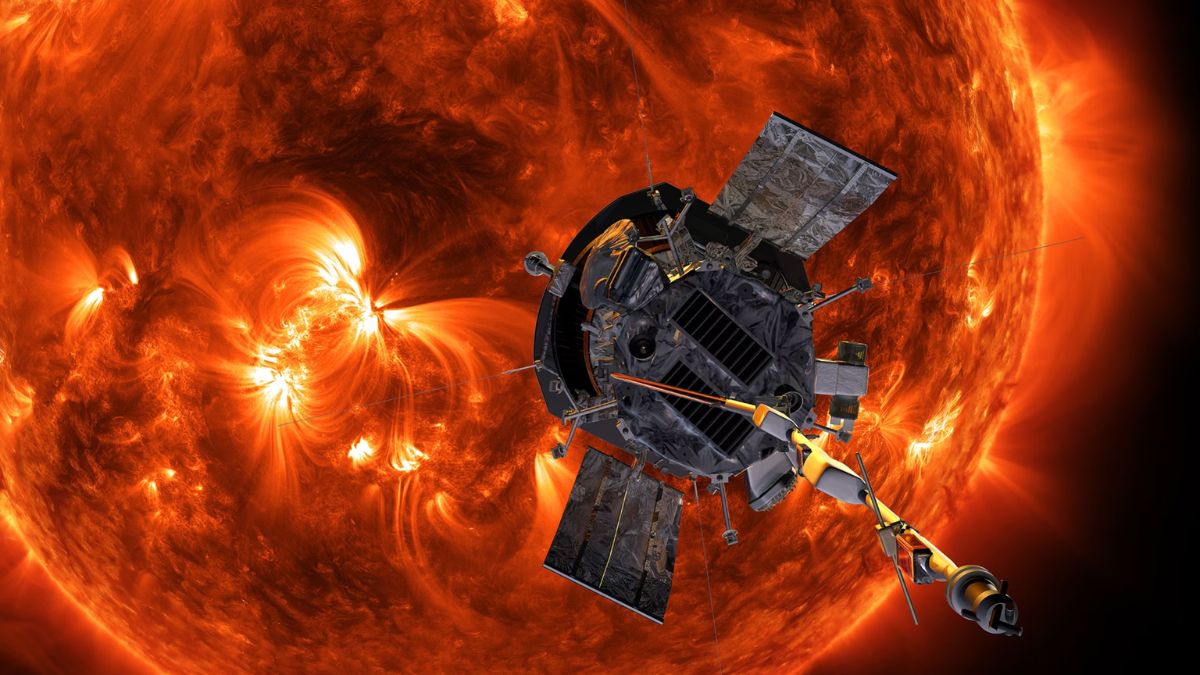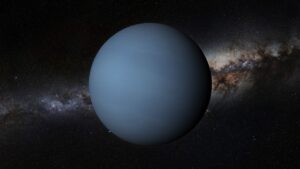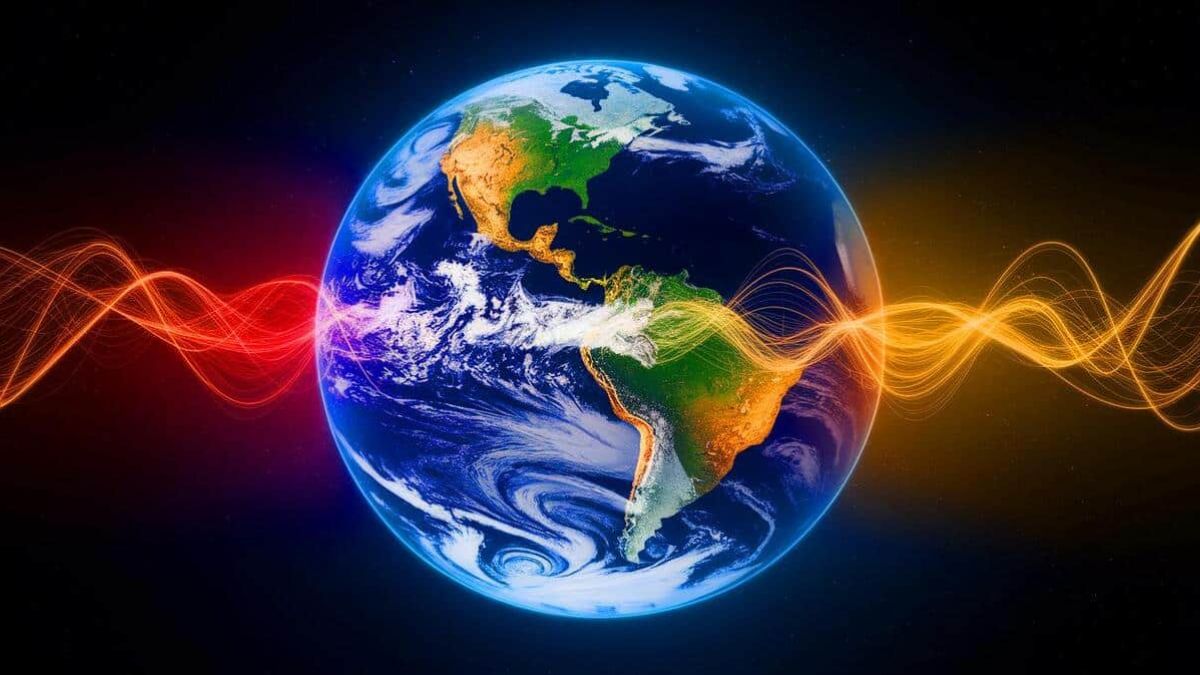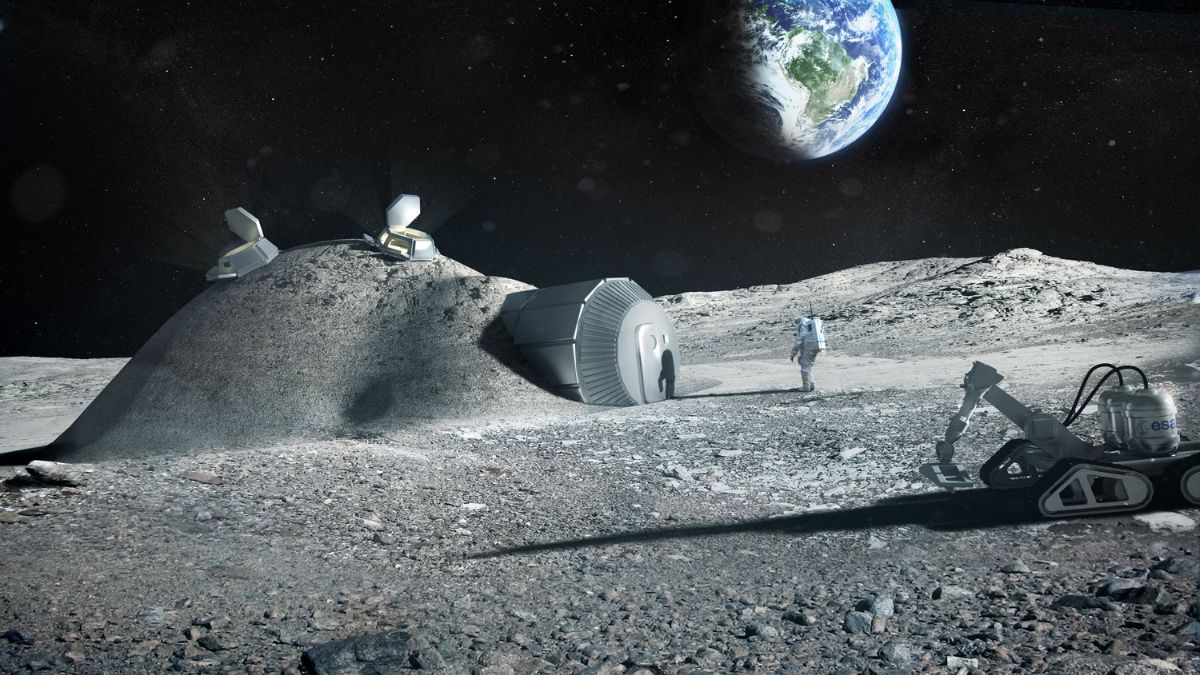For decades, one of the Sun’s biggest mysteries left scientists scratching their heads: why is the corona—the Sun’s outermost layer—hotter than its surface? It seemed completely backwards. But now, thanks to NASA’s Parker Solar Probe, we finally have an answer. And it all comes down to something called the helicity barrier.
Mystery
Let’s rewind. The surface of the Sun sits at around 6,000°C, while the corona—its wispy, outermost layer—blazes at over a million degrees. No one could quite explain how this was possible. The math didn’t add up, the models didn’t hold, and the physics made no sense. Until Parker showed up.
Discovery
NASA’s Parker probe has just confirmed the existence of a helicity barrier—a sort of invisible wall in the Sun’s corona that stops plasma energy from behaving as it normally would. This is the first time such a phenomenon has been observed directly, and it changes our understanding of how energy moves in space.
Near the Sun, plasma behaves differently. Normally, energy spreads out, mixes, and disperses. But when magnetic fields get stronger than the surrounding plasma pressure—something that definitely happens in the corona—this helicity barrier kicks in. It prevents plasma waves moving in opposite directions from mixing with each other. And that’s the secret behind the mystery.
Explanation
The helicity barrier finally explains why protons in the solar wind are much hotter than electrons. That uneven heat distribution had baffled scientists for years. But now, it makes sense. The barrier causes energy to funnel disproportionately into protons, leaving electrons behind. It’s not that the Sun defies physics—it just plays by different rules.
Unique
This isn’t something that can happen anywhere. You need a perfect storm: very hot plasma, low density, and a strong magnetic field. That’s exactly the combination found in the Sun’s corona, making this a rare phenomenon. And now that we’ve found it, it opens the door to studying similar environments across the universe.
This matters beyond just solving cosmic puzzles. The solar wind—the stream of charged particles the Sun constantly emits—can disrupt satellites, GPS, power grids, and radio signals here on Earth. With better understanding comes better forecasting. This kind of discovery could improve space weather prediction models that keep modern life running smoothly.
Impact
Think of the Sun as a natural physics lab—extreme temperatures, powerful magnetic fields, and chaotic plasma. Until Parker, we could only observe these effects from afar or simulate them on computers. Now, we’re getting real, raw data straight from the source.
What Parker found had only been predicted in theory. Now, it’s confirmed. That means the science community has new evidence, not just guesses. And this data doesn’t just explain the Sun—it helps us model other intense environments like black hole accretion disks, supernova remnants, and distant nebulae.
Mission
The Parker Solar Probe wasn’t built for sightseeing. It’s the closest any human-made object has ever flown to the Sun. Its mission is to study solar plasma up close, and this discovery is a major payoff.
Already, Parker is delivering results that were once only possible in simulations. The confirmation of the helicity barrier, published in Physical Review X, is just the beginning. And with more data pouring in, scientists believe this is just the first piece of a much bigger puzzle.
Future
What comes next? Now it’s time to dig deeper. Scientists will continue analyzing Parker’s data to understand how this barrier forms, how it evolves as plasma moves farther from the Sun, and whether this phenomenon exists elsewhere in the cosmos.
This could be one of those discoveries that reshapes how we understand the universe. What started as a theory now has real evidence and a name. And most exciting of all—this is just the beginning.
FAQs
What is the helicity barrier?
It’s a plasma boundary near the Sun that blocks energy mixing.
Why is the corona hotter than the Sun’s surface?
Because of the helicity barrier preventing normal energy dissipation.
Who discovered the helicity barrier?
NASA’s Parker Solar Probe confirmed its existence.
Does this affect space weather predictions?
Yes, it improves models for solar wind and storm forecasts.
Where else could this barrier exist?
Possibly in extreme cosmic zones like black hole disks.























